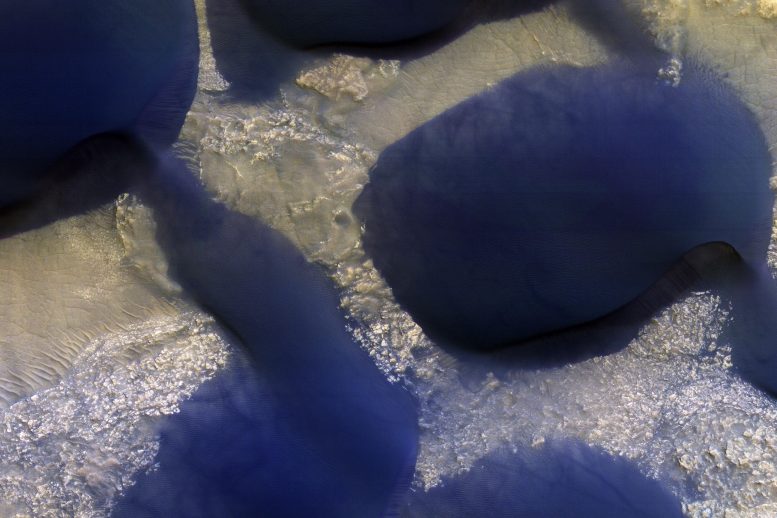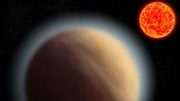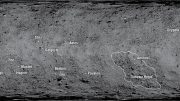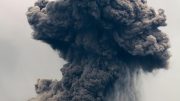
Dunes of Wirtz Crater on Mars. The steepest slope, on the right in shadow, shows the dune’s migration direction from wind transporting sand. Ripples cover most of the surface and dark streaks are tracks left by dust devils revealing a darker substrate.
This High Resolution Imaging Science Experiment (HiRISE) image reveals the changing dunes of Wirtz Crater on Mars.
The large dark feature is a classic Martian sand dune. Most sand on Earth is made from the mineral quartz, which is white and bright. On Mars, most sand is composed of dark basalt, a volcanic rock. For this reason, dunes on Mars are darker than those on Earth.
The dunes in this observation, within Wirtz Crater, are known as “barchans.” The steepest slope is on the eastern (right) side, partially in shadow, and represents the direction the dune is migrating as the sand is blown and transported by the wind. Small ripples are visible on much of the dune surface. The dark streaks on the dune are tracks left by passing vortices known to us as dust devils. These raise dust off the dune, revealing a darker substrate.
The University of Arizona, Tucson, operates HiRISE, which was built by Ball Aerospace & Technologies Corp., Boulder, Colo. NASA’s Jet Propulsion Laboratory, a division of Caltech in Pasadena, California, manages the Mars Reconnaissance Orbiter Project for NASA’s Science Mission Directorate, Washington.









Be the first to comment on "New HiRISE View of the Changing Dunes of Wirtz Crater"